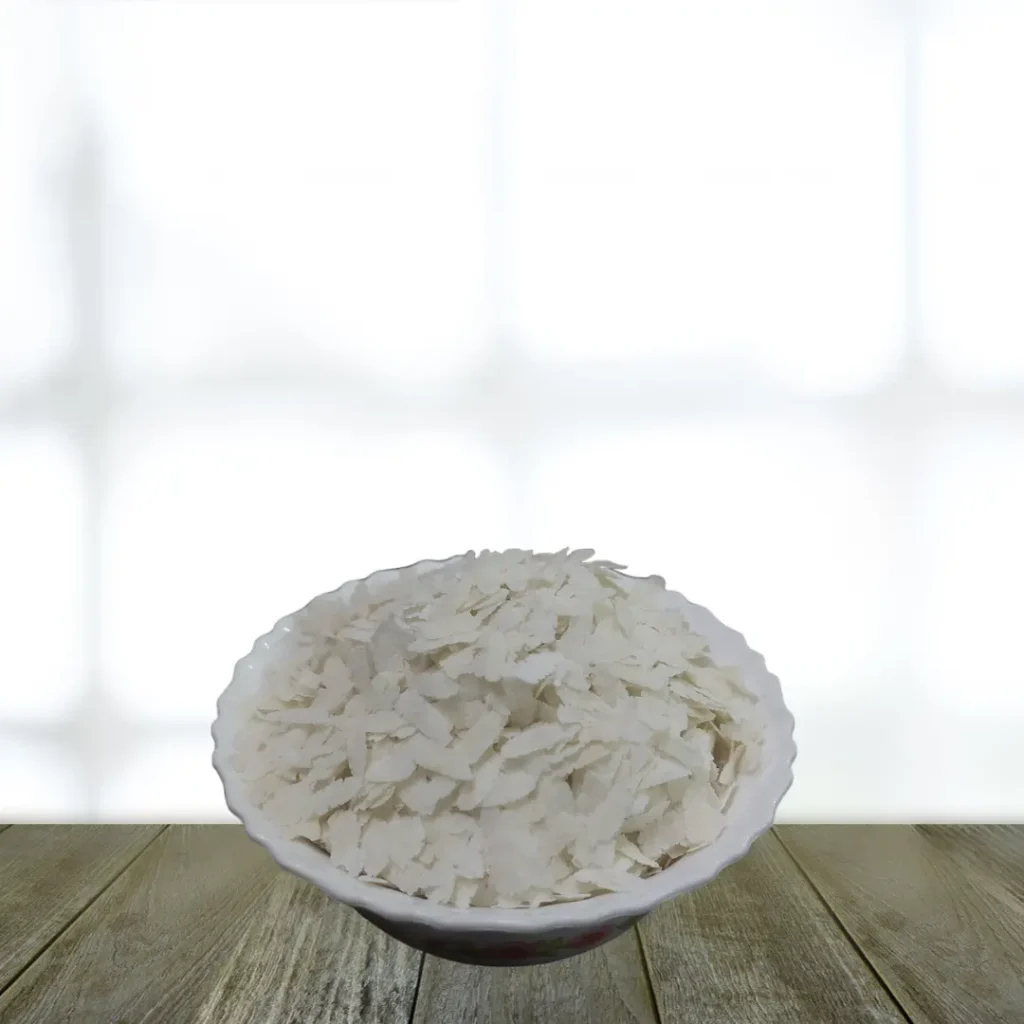Thick Poha
- Thick poha is also known as thick rice flakes/aval/pauwa and avalakki. Thick poha is smaller in size. It get it’s thick texture and oval-shape as it is less rolled as compared to thin poha.
- The rice is parboiled before being flattened so that it can be eaten with little or no cooking.
- It is white in colour and has a moisture content of 9-10%.
- It is prepared from flattened rice. It is produced in states like Gujarat, Maharashtra, Indore and many other states in India.
- Thick rice flakes doesn’t become soft quickly when rinsed in water. It needs to be soaked for some time in water. Hence, this variety of poha is suitable for making recipes like vegetable poha, poha cutlet, poha pancakes and many other dishes.
- Thick rice flakes can be enjoyed for breakfast, with afternoon tea or for a light dinner.
Health Benefits of Thick Poha:
- Thick rice flakes are undoubtedly healthier than rice in the daily diet. Thick rice flakes are a great breakfast option because it’s light and easy to digest. This is because of the good amount of fiber and carbohydrates it contains.
- Thick rice flakes are high in protein and calcium.
- Thick rice flakes are a good probiotic food. The paddy is parboiled before being dried in the sun. During fermentation, it retains good bacteria and improves intestinal health.
- Thick rice flakes are rolled through iron rollers. Hence, it’s rich in iron.
- It is a healthy snack because it does not contain cholesterol, lactose or fat.
- It is gluten free.
- It has a low to medium glycemic index.

